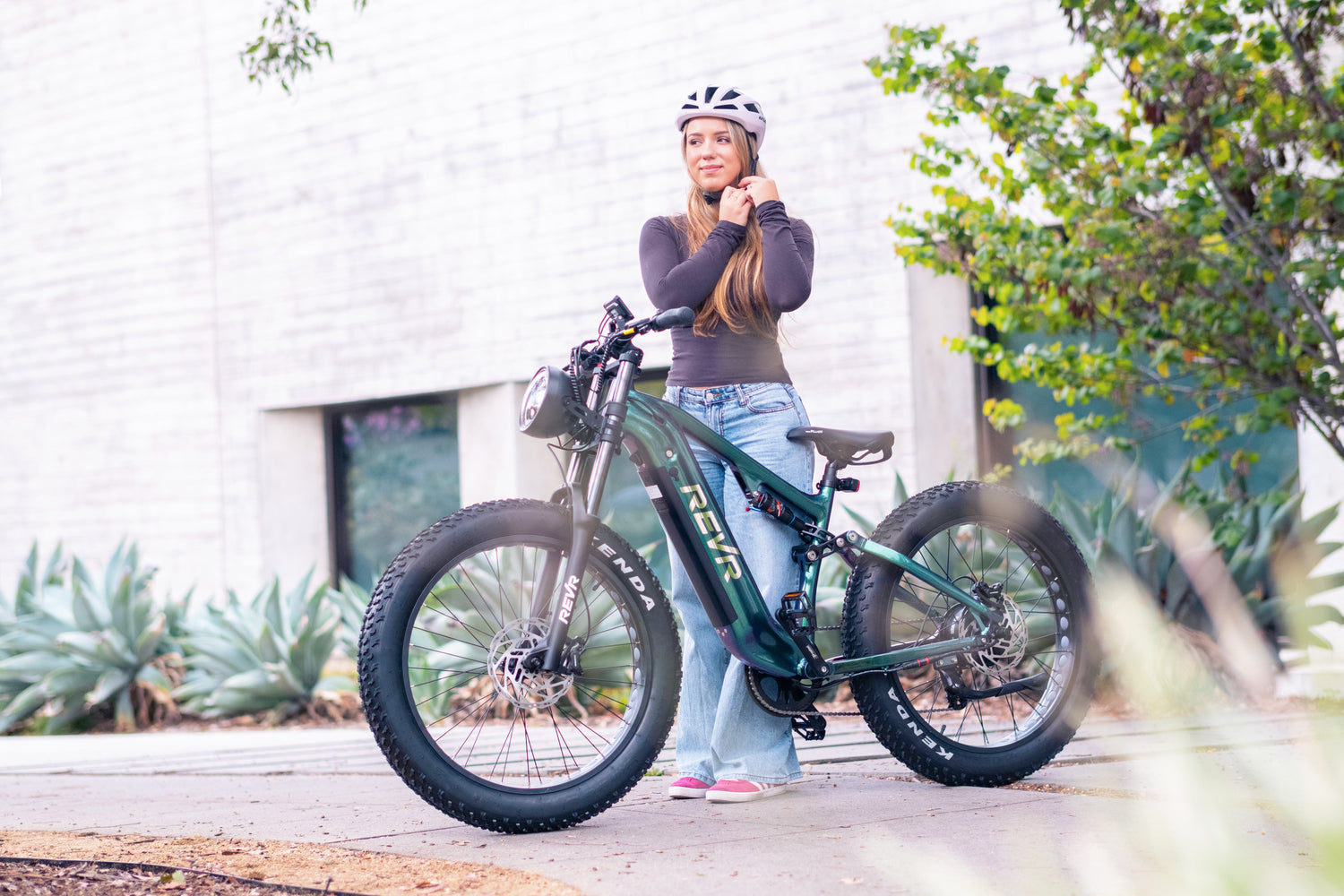
Safety Guide for Electric Bike Riding in the US
In the United States, electric bikes are becoming increasingly popular. They bring convenience and fun to travel, but safe riding is always a primary prerequisite.
Obey Traffic Rules
Electric bikes are regarded as non-motorized vehicles in most states and must strictly abide by the same traffic rules as regular bicycles. Not only should you follow the rules of traffic lights, but also pay attention to riding in designated bike lanes. When there are no bike lanes, try to ride along the right edge of the road and avoid occupying motor vehicle lanes. In addition, never ride in the opposite direction. When passing through crowded areas such as schools and residential communities, pay special attention to speed limit signs and slow down.
Take Protective Measures
It is essential to wear a helmet that meets safety standards, which can protect the head to the greatest extent in case of an accident. When riding at night or in weather with low visibility, in addition to installing bright front and rear lights, the bike body should also be pasted with reflective strips and other reflective devices to make it easier for other vehicles and pedestrians to spot you. Wearing bright-colored clothes can significantly improve your visibility and greatly reduce the risk of accidents. In addition, depending on the riding environment, you can also wear protective equipment such as knee pads and elbow pads. Especially when riding electric mountain bikes, this equipment can effectively reduce the degree of injury when falling.
Vehicle Inspection and Maintenance
Before setting off, a comprehensive inspection of the brakes is of vital importance. Ensure that the brakes are sensitive and effective, so that the vehicle can stop in time when the brakes are pressed tightly, and there should be no abnormal noise or jamming during braking. Check whether the tire pressure is normal. Insufficient tire pressure will increase riding resistance and may lead to a flat tire, while excessive tire pressure will affect the tire's grip. You can refer to the recommended tire pressure value in the vehicle manual for adjustment. Check if the battery power is sufficient, estimate the required power according to the riding distance of the day, and avoid being trapped halfway due to exhausted power. In addition to these basic checks, the vehicle should be maintained regularly, such as oiling the chain to prevent rust and jamming; checking if the handlebars are loose to ensure flexible steering; and regularly checking the charging and discharging of the battery to extend its service life.
Stay Focused and Deal with Emergencies
Never use your mobile phone while riding. Whether answering calls or checking messages, it will distract your attention, cause slow reaction, and increase the probability of accidents. Always pay attention to surrounding vehicles, pedestrians, and road conditions, and predict possible dangers in advance, such as observing whether there are suddenly rushing pedestrians or vehicles on the roadside. Especially near intersections and sidewalks, you must slow down, carefully observe the signal lights and passing vehicles, and pass only after confirming safety. In case of emergencies, such as a sudden obstacle ahead, keep calm, brake in time, and flexibly adjust the direction to avoid according to the situation, but be careful not to make sudden turns or brakes to prevent the vehicle from getting out of control. When riding in bad weather, such as rainy or snowy days, the road is slippery, so slow down, increase the distance from vehicles and pedestrians in front and behind, and slow down in advance when braking to avoid skidding and falling due to sudden braking.
